The average team is now worth $2.3 billion, a 5.1% increase from a year ago—despite headwinds in TV rights across Europe.
When Sir Jim Ratcliffe, the billionaire founder and CEO of the Ineos chemical group, bought 27.7% of Manchester United in February for an enterprise value of $6.5 billion, it was the richest price ever paid for sports team in which the buyer also got operating rights. The deal, valued at $500 million more than Forbes estimated the storied English soccer club was worth a year ago, not only paid tribute to Manchester United’s list-leading $187 million in operating income (earnings before interest, taxes, depreciation and amortization) and a global fan base of more than 650 million, it also exemplified why 12 of the 30 most valuable soccer teams in the world play in the Premier League. Forbes now values Manchester United at $6.55 billion, second only to Spain’s Real Madrid, which, at $6.6 billion, is the most valuable team in the world for the third consecutive year.
England’s top tier league, which inked a new domestic television deal in December for 2025-26 through 2028-29 seasons for an average of $2.1 billion a year, will be raking in more than twice the amount in domestic broadcasting revenue as any other soccer league and nearly twice as much than number two, Spain’s La Liga, when international broadcast deals are included.
In essence, all of the European soccer leagues—with the exception of the Premier League—are taking, or thinking of taking, loans against future value. Italy’s Serie A has been considering the sale of a stake in its media rights to private equity investors since 2020. In 2022, France’s Ligue 1 sold 13% of its rights in a new subsidiary to CVC, which gave Ligue 1 a nice cash infusion in exchange for paying CVC dividends from broadcasting rights, sponsoring rights and other relevant commercial contracts. Last October, France scrapped its broadcasting rights auction because it did not get any offers that met the minimum prices for Ligue 1 from 2024 through 2029. In early 2022 La Liga did something similar, selling 8.2% of a new commercial subsidiary to CVC. Serie A was also thinking about selling its broadcasting rights to private equity but has apparently scrapped the idea. Meanwhile in Germany, Bundesliga supporters are protesting selling equity in its broadcasting rights.
The headwind in broadcasting deals means that performing on the pitch is vital for the best soccer teams in the world. The pecking order of valuations is based more on advancing far in the Champions League. Through the semifinals of this year’s Champions League tournament, there are seven teams that have earned more than $100 million—Real Madrid ($144 million), Paris Saint-Germain ($131 million), Borussia Dortmund ($130 million), Bayern Munich ($129 million), Manchester City ($118 million), Barcelona ($105 million) and Arsenal ($100 million). The winner of the Real Madrid-Borussia Dortmund final on June 1 will pocket another $21.6 million.
Real Madrid generated the most revenue ($873 million) of any team and has won the Champions League five of the past nine years. Sponsors can count on the team being on the screen in front of hundreds of millions of soccer fanatics during plenty of big games, which is why Real Madrid earns an average of $205 million a year for its jersey sponsors, the most in soccer according to Football Benchmark. Not far behind in sponsorship revenue are other teams that typically qualify for the Champions League: Barcelona ($189 million), Paris Saint-Germain ($158 million), Arsenal ($158 million), Manchester United ($154 million), Manchester City ($152 million), Chelsea ($126 million) and Bayern Munich ($119 million).
In the Premier League, Newcastle United, Aston Villa, and Fulham FC increased sponsor revenue with new front-of-shirt deals that began with the 2023-24 season. Newcastle cashed in on a new deal with Sela, worth about $30 million per year over three years, four times more than what the team was receiving previously from Fun88. Aston’s $15-million-a-year agreement with BK8 more than doubled its previous sponsorship with Cazoo, and Fulham’s $12.5 million deal with SBOTop is 66% higher than its previous sponsorship fee from W88.
Despite the speed bump in European broadcasting revenue, the average soccer team is now worth $2.3 billion, a 5.1% increase from a year ago. The European teams have long been global brands that investors crave. Revenue for the 30 teams was an average of $397 million, or 3% higher than last year. But operating income averaged $36 million, up 57% from the previous year. One reason profitability increased was several European teams kept player wages about the same during the 2022-23 season as the prior year and a handful, like Manchester United, Inter Milan and Juventus, significantly reduced player expenses.
But being elite on the pitch will be even more rewarding beginning next year when the new Champions League format begins. The number of teams will increase from 32 to 36 and number of matches will expand from 125 to 189. As a result, UEFA has predicted a one-third increase in television money.
The World’s 10 Most Valuable Soccer Teams
No. 1 • $6.6 billion
Real Madrid

1-year change: 9% | Owners/controlling shareholders: Club members | League: Spanish La Liga | Operating income: $76 million
No. 2 • $6.55 billion
Manchester United

1-year change: 9% | Owners/controlling shareholders: Glazer family, Sir Jim Ratcliffe | League: English Premier League | Operating income: $187 million
No. 3 • $5.6 billion
Barcelona

1-year change: 2% | Owners/controlling shareholders: Club members | League: Spanish La Liga | Operating income: – $145 million
No. 4 • $5.37 billion
Liverpool
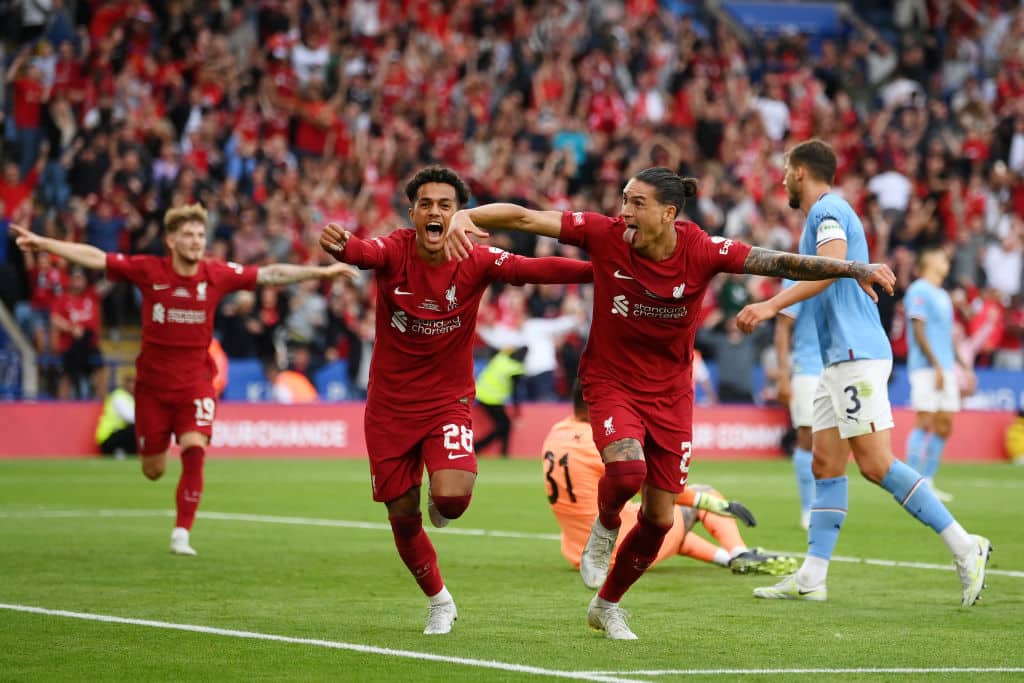
1-year change: 2% | Owners/controlling shareholders: John Henry, Tom Werner | League: English Premier League | Operating income: $102 million
No. 5 • $5.1 billion
Manchester City
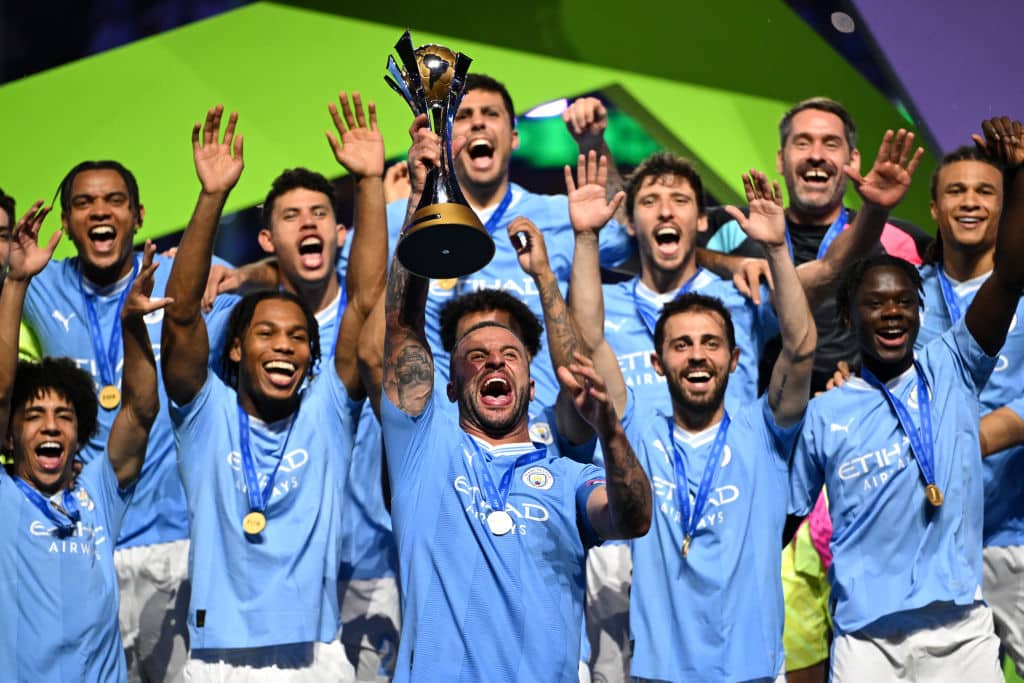
1-year change: 2% | Owner/controlling shareholder: Sheikh Mansour bin Zayed Al Nahyan | League: English Premier League | Operating income: $148 million
No. 6 • $5 billion
Bayern Munich
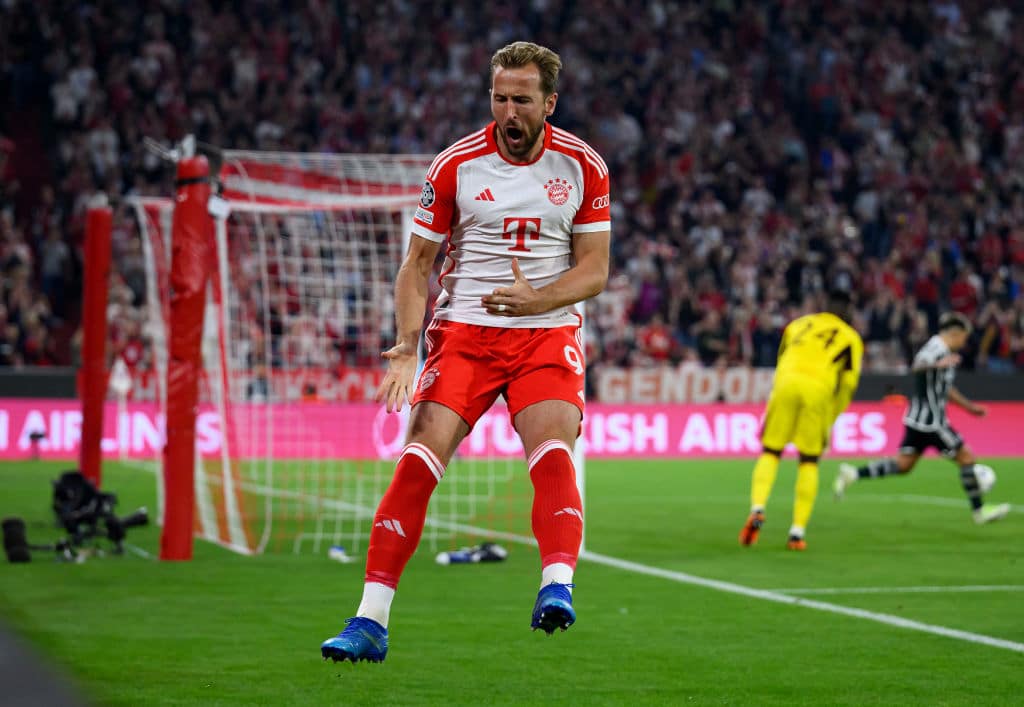
1-year change: 3% | Owners/controlling shareholders: Club members | League: German Bundesliga | Operating income: $84 million
No. 7 • $4.4 billion
Paris Saint-Germain

1-year change: 4% | Owner/controlling shareholder: Qatar Sports Investments | League: French Ligue 1 | Operating income: – $126 million
No. 8 • $3.2 billion
Tottenham Hotspur
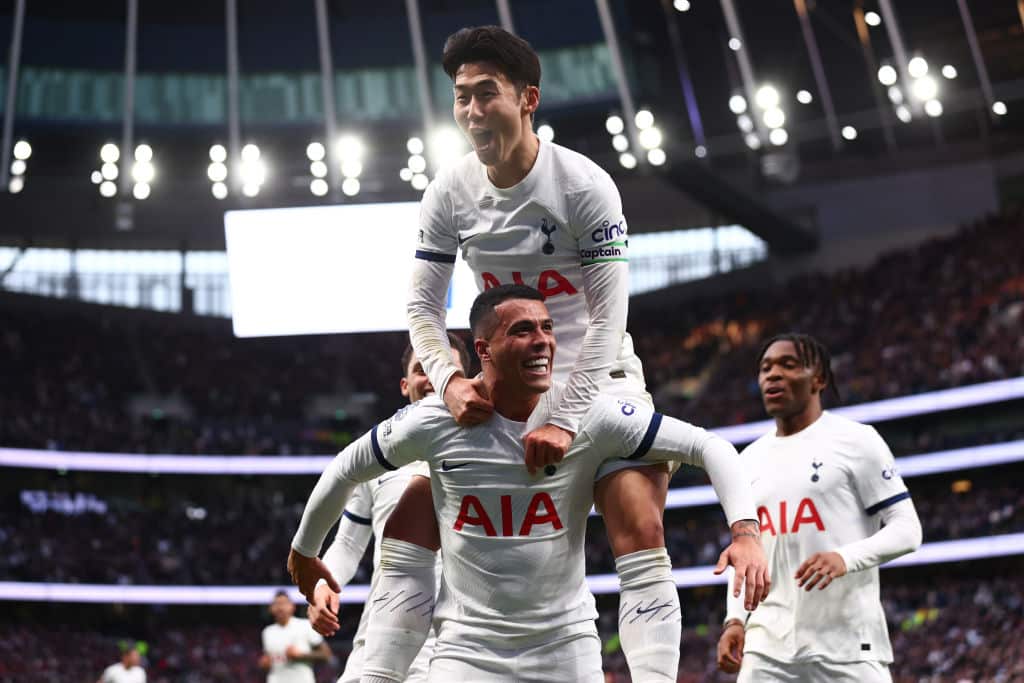
1-year change: 14% | Owners/controlling shareholders: Joseph Lewis Family Trust, Daniel Levy | League: English Premier League | Operating income: $161 million
No. 9 • $3.1 billion
Chelsea
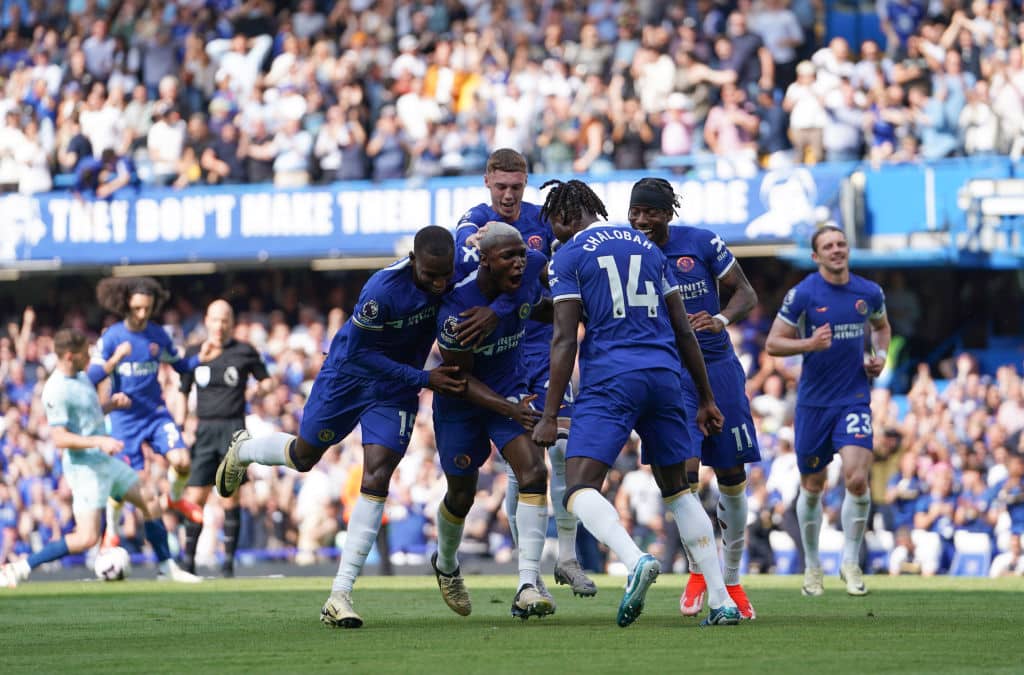
1-year change: 1% | Owners/controlling shareholders: Todd Boehly, Clearlake Capital | League: English Premier League | Operating income: – $400,000
No. 10 • $2.6 billion
Arsenal
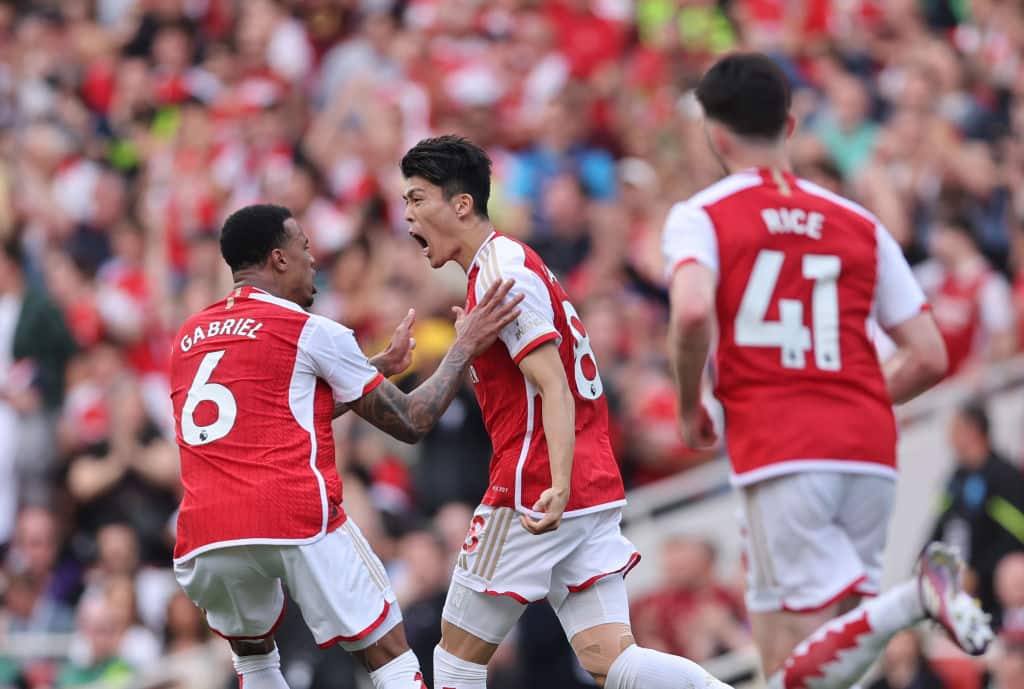
1-year change: 15% | Owner/controlling shareholder: Stanley Kroenke | League: English Premier League | Operating income: $140 million
METHODOLOGY
The revenue and operating income figures listed for European teams are for the 2022-2023 season, converted to U.S. dollars based on average exchange rates during that season (1 euro = $1.05, 1 GBP = $1.21, 1 GBP = 1.15 euro). For Major League Soccer teams, figures are for the 2023 season as published in Forbes’ annual MLS team valuations in February 2024. Revenue figures reflect proceeds the soccer team generates from broadcasting, commercial and match-day events. Team values are enterprise values (equity plus net debt) and include the economics of the team’s stadium (but exclude the value of the real estate itself), based on comparable transactions. Because enterprise value is a capital structure-neutral metric, it allows Forbes to compare companies (or in this case, soccer teams) with different debt and equity structures. Operating income is earnings before interest, taxes, depreciation and amortization, player trading and disposal of player registrations. Debt is interest-bearing borrowings due in more than one year (including stadium debt). The exchange rates used to convert team values and debt to U.S. dollars for the European teams were as of May 6, 2024 (1 euro = $1.08, 1 GBP = $1.25, 1 GBP = 1.17 euro). Sources include the teams’ annual reports and documents, team executives, soccer team investors, credit rating agency reports and sports bankers. The values and financials for the eight MLS teams on our list were lifted from our MLS valuations in February. To make sure Forbes’ revenue numbers and expense figures are comparable for each team, we rely on the annual Deloitte Football Money League report and Swiss Ramble to check our figures.
